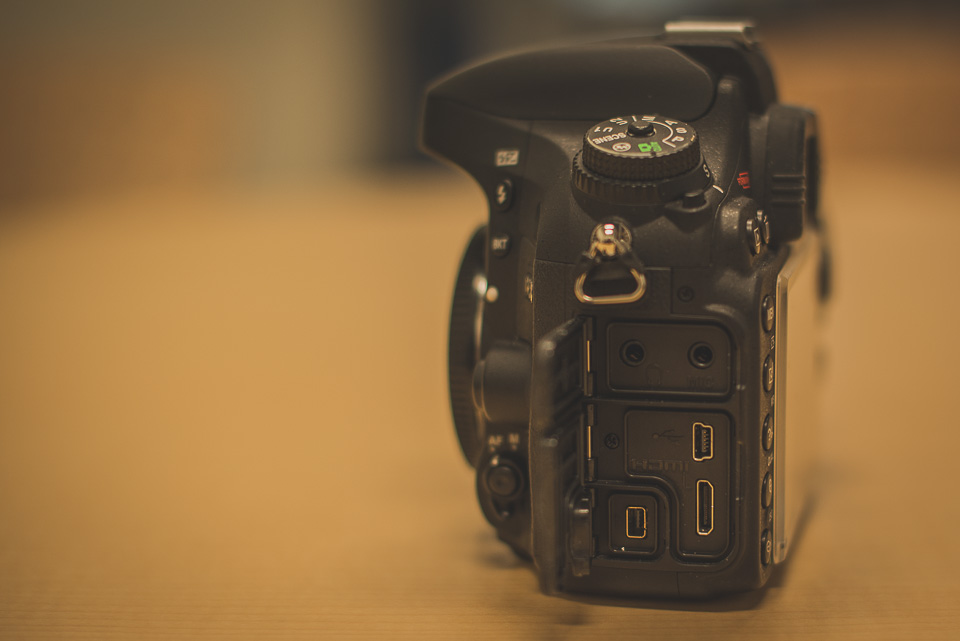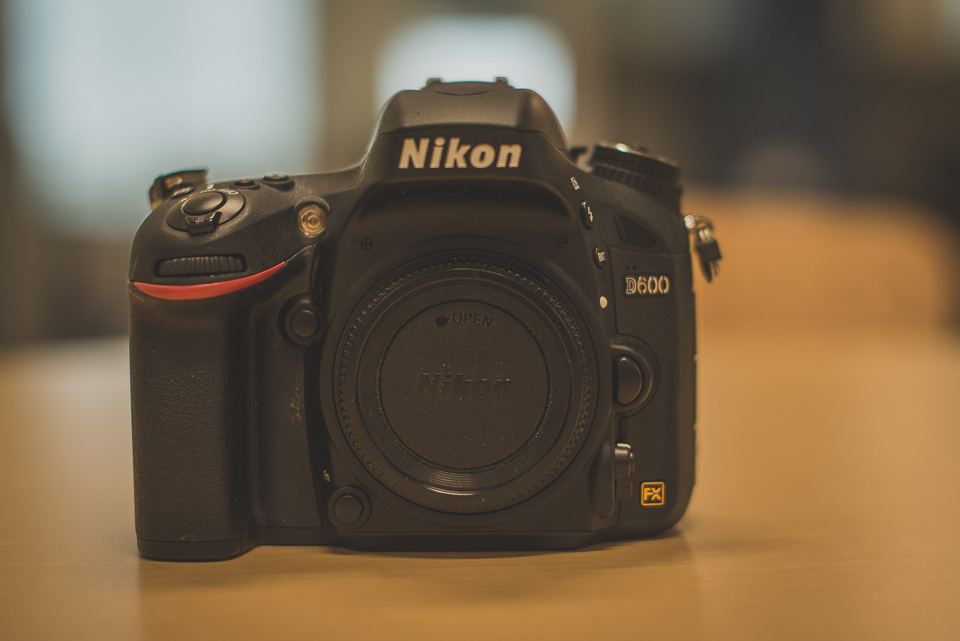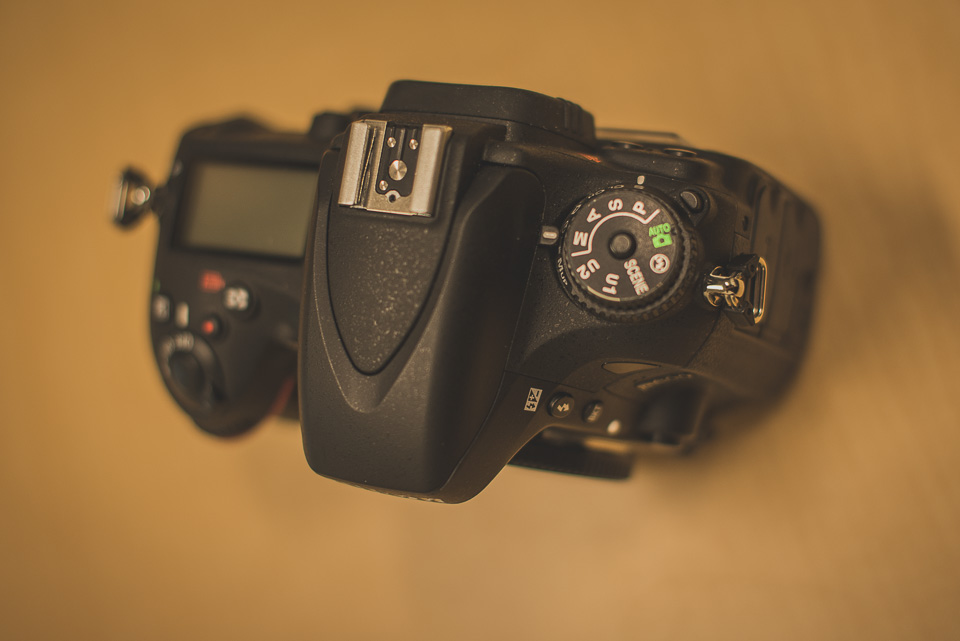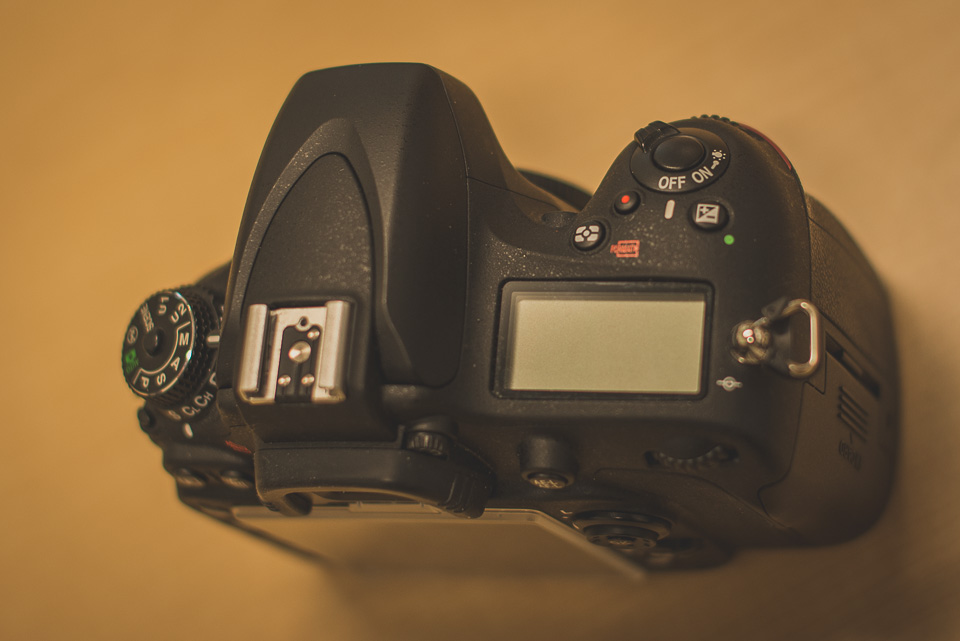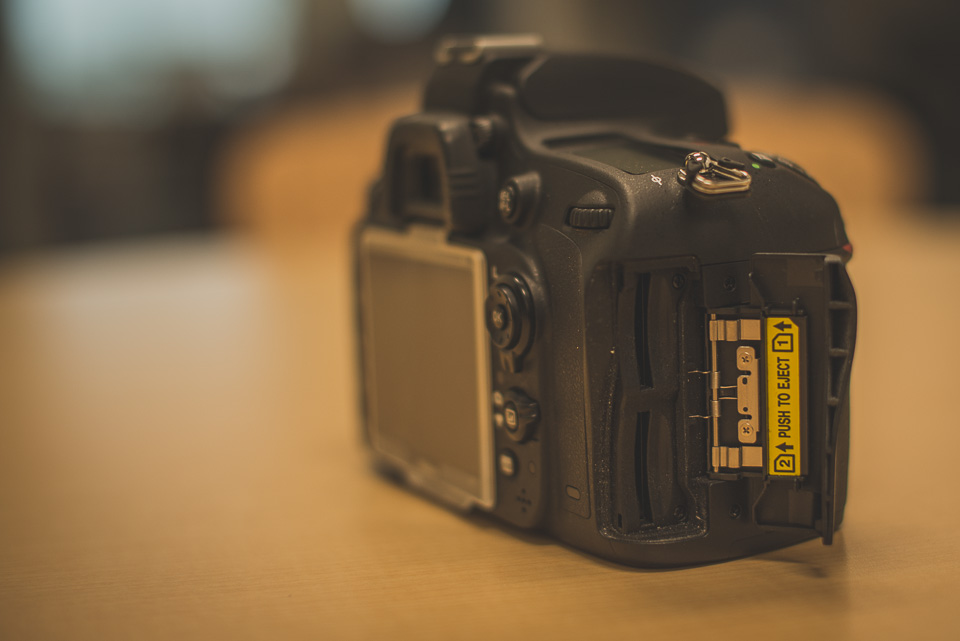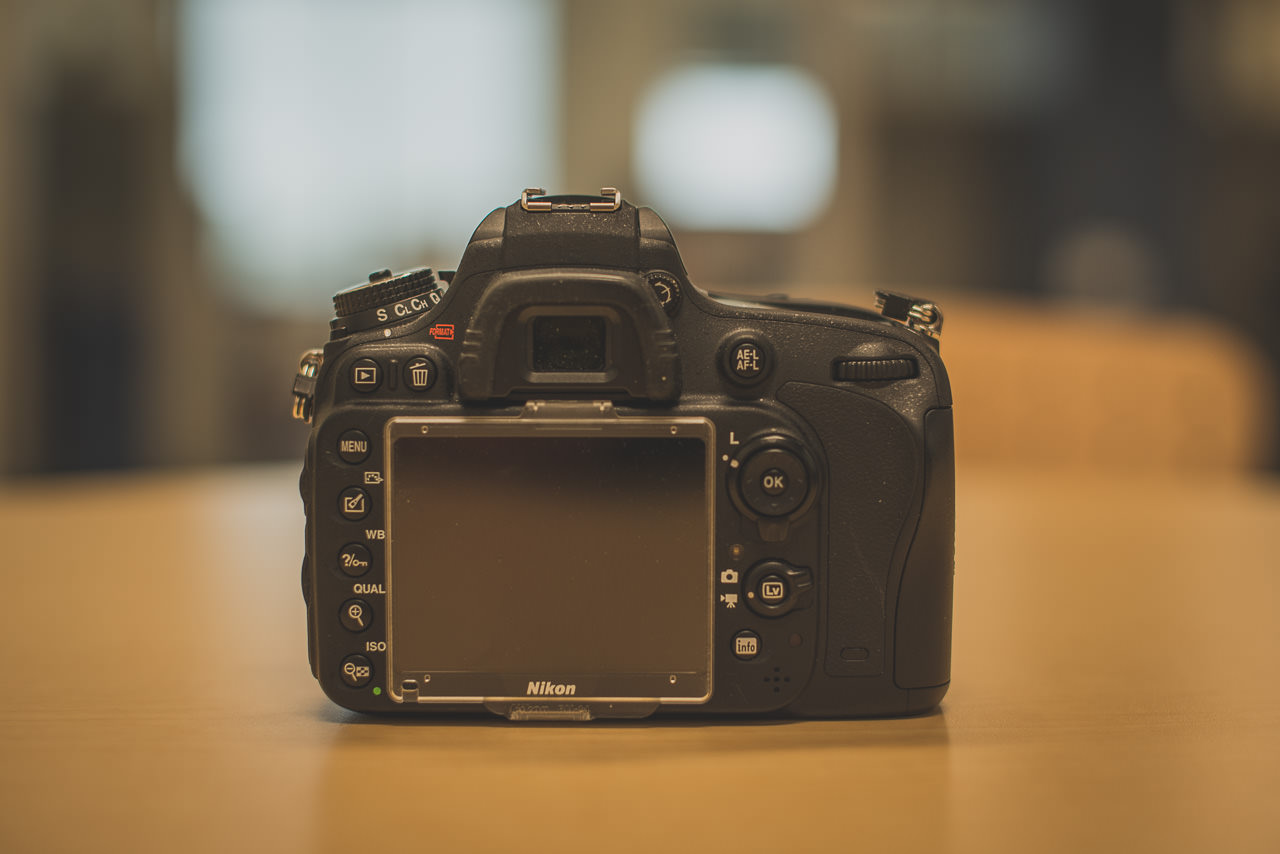
The Nikon D600 Camera Body
The Nikon D600 is a 24.3 effective megapixel full-frame digital single-lens reflex camera targeted for professionals. Nikon first released it in late 2012.
This is one bad little mamma jamma. The image quality is astounding, particularly when you look into its noise handling and dynamic range. There is quite a bit of debate out there, but in my personal opinion, this thing trumps the Canon 5D MIII in both areas – yes, I said it (Canon peeps don’t hate me, I still love ya!). It has 39 AF points and runs the same Expeed 3 processor as the D4 and D800. For data storage, it sports dual SD card slots. This is great because you can set the slots to store data in custom ways such as one with RAW and the other with JPG, mirrors for redundancy, or a simple overflow.
So the first thing people read about when they research this camera is “Oil Spots” or “Dust Spots”. My D600 has never had any issue with oil spots, but I own a “late build”. That said, I have heard the issues primarily occurred with the early releases. Nikon has a free shutter replacement for these though. Ok, now that is out of the way, we can talk about why this little number rocks. For one, this is the Smallest, Lightest Full-Frame from Nikon EVER! That’s nice for the bag and for lugging it around – thank you Nikon for this sweet magnesium alloy weather-sealed body.
This is a wonderful piece for outdoor portrait work where you have to constantly be moving. In general, I would say that this thing is good for ANY type of photography work.
Get used to the exposure meter on this thing. It works and will add consistency to your photography. Also, spend some time to understand the focusing operations on it…well worth your time.
The most notable point about this camera body is the dynamic range. So, what does that mean? Imagine for a moment, two posters that shows a number of shades of a particular color. The first poster divides the shades into 10 sections, the second poster divides it into 15. That is essentially what we have going on here – the ability for the sensor to define color to a more infinitesimal point. Result? Better Images…and better images = photographer happiness! The only thing I would change on this thing is Live View. It does have live view, but not an exposure preview. Nikon has this on the D800. So, I get why they may have held off with the D600, but let’s be honest, these two cameras are different beasts. So there is no reason for them to have left it off.
(I’ll have a D800 review out soon)



